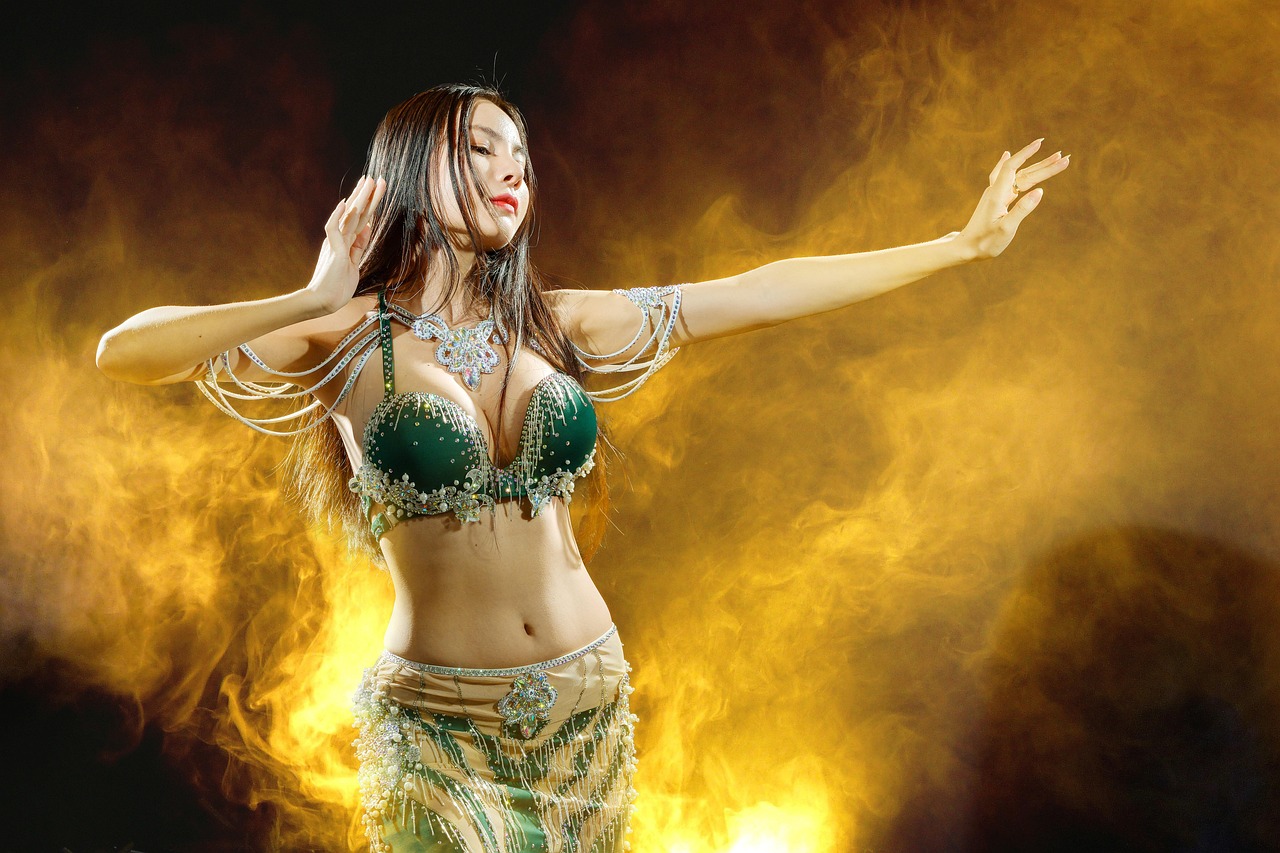Jennifer Homans has been appointed inaugural president of Van Cleef & Arpels in the history of dance at the Faculty of Arts and Sciences of the University of New York.
A force in the world of dance, Homans is a former professional dancer, the current dance critic for him New Yorker, and the author of the best -selling books Apollo angels and Mr. B: XX Century of George Balanchine. She has been a distinguished academic in Residence in Nyu since 2008 and founded its Interdisciplinary Center for Ballet and Arts (CBA) in 2014.
Dancing teacher He recently spoke with Homans about his new appointment and his hopes for the future.
How do you feel about being the first chair in the history of dance in Nyu?
It is very rewarding. The position creates enormous stature for the field that did not exist before. The history of dance now has a seat at the Bureau of Liberal Arts, along with the history of art, music, literature and science. That makes it much easier for someone who tries to teach him to do it successfully.
I have mainly dedicated myself to writing and investigating dance, but I am a historian with a doctorate in modern European history. Therefore, it is important for me that this chair is within the Department of History of the Faculty of Arts and Sciences, not in the Tisch School of the Arts. This means that you do not have to be specialized in dance to learn about it. Place dance in a broader context for a broader audience.
Why do you think the history of dance is important for everyone to study, not just dancers?
Because everyone has a body and we all move our bodies. There is no culture in the world that you know, that does not dance. It is a fundamental form of expression and is one of our first arts. Incorporates and absorbs the largest amount of arts you choose: Music, design and visual design. All kinds of disciplines can be folded in him and have been. It is an interesting and interdisciplinary way of studying human culture.
The dance is not an isolated thing that happens there in its small corner. It is part of intellectual history, part of political history, part of economic history. It has a place in all those kingdoms. For example, my last book, Mr. B: XX Century of George BalanchineIt is both the story of George Balanchine and the history of the twentieth century in art and culture. It is not the only story, of course, but a story.
I understand that part of what you expect to do is foster an interdisciplinary form of seeing dance and its history. How could that aspect?
Being a chair gives me a platform to reach colleagues from all over the university to create collaboration courses. The neurobiology of why people move, for example, or dance in cinema. Now I can create these interdisciplinary moments for students, and also for the faculty that are involved in them, and I think that has benefits that go beyond any particular course.
What have been the comments of your colleagues so far?
My colleagues are delighted. There are many people interested in dance. They are not people who study dance, and are not even dancers. They are only people who feel curious about it, and also a little intimidated. People often tell me that they fear they don't know how to see dance, that they won't understand it. My answer to that is: “Just see. It only exists. Just look, listen and listen and see. You can understand it because you have a body. We all do it.”
One of the possible benefits of establishing a chair like Nyu is that other universities of liberal arts could think: “Oh, well, of course, that should exist! Why don't we have that here? I hope that happens. Will build a much more fertile and developed field of study.
It could be like the history of art, which was not always part of university curricula in the United States. In fact, it did not exist until the twentieth century.
What advice do you have for the teachers in the history of dance and dance?
Teachers are the backbone of the profession. They are the people who pass the traditions and teach the new generation what the dance is, not how to do it, but what it is and how to live it. I hope teachers want to bring the history of dance to their dance technique courses because I think that if people can appreciate the story, they will enrich their entire experience. It will help people better understand what they are doing and why.
I hope the teachers see that it is not that there is a dance technique here and dance history there. Movement here and words on the other side. We, as dancers, can also learn from words. There is no reason not to read it, or how to dance. I think that will be better dancers.
Photo credit: Jennifer Homans, photo of Brigitte Lacombe (left); and (right) Group Sott (from L A R): Antonio Merlo, Anne and Joel Ehrenkranz, Dean of the Faculty of Arts and Sciences of the University of New York, Jennifer Homans, Helen King, President and Executive Director of Van Cleef & Arpels, Américas and Serge Laurent, Van Cleef & Arpels Director of Dance Programs and Crops. Photo courtesy of Nyu Arts & Science Communications.
Author: Saxon
Strip-magazine.com is covering the European Striptease industry with monthly updates on or famous London Gossip, Interviews with industry people, articles and news from the world of striptease. We also offer a Striptalk forum, Industry Directory with Stripclubs and Agents and a Job board for the Striptease industry in Europe.

